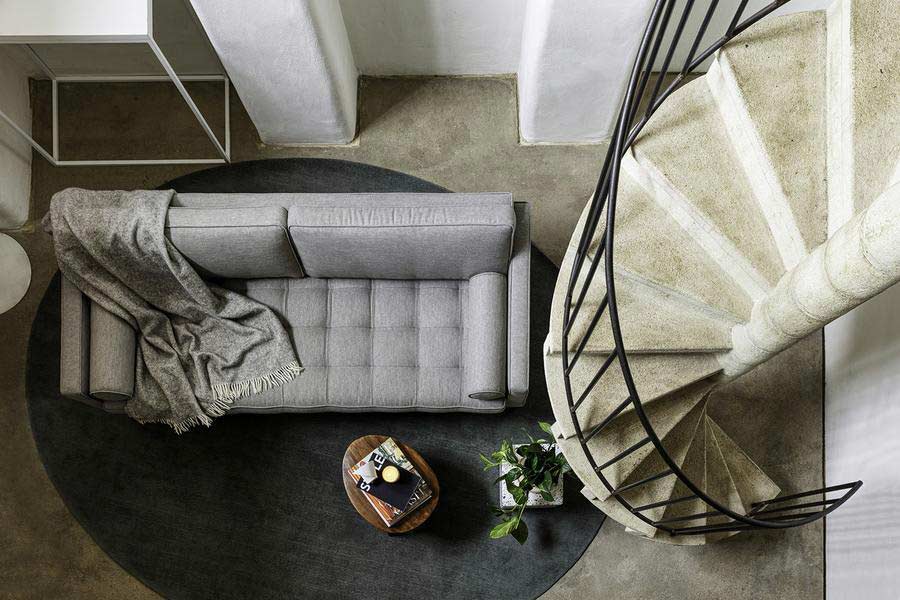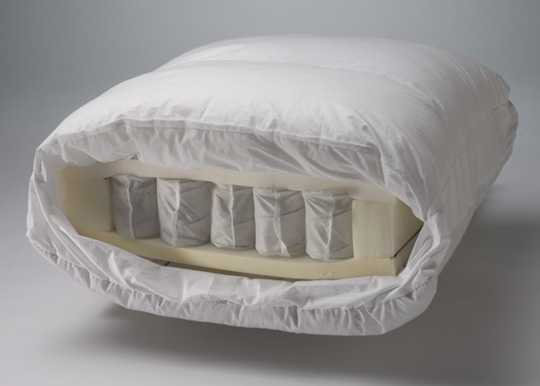Guide
Guide to Sofa Stuffing – Types of Sofa Fillings
When we invest in a sofa, we’re not just purchasing a piece of furniture; we’re inviting into our living spaces an entity that will witness countless moments, from cosy movie nights to lively gatherings. The value of a good sofa is immeasurable, and the key to its comfort and durability lies significantly in its stuffing. Today, I’m going to embark on a journey with you through the pivotal world of sofa stuffing, discussing its various types, benefits, and downsides.
Sofa Fillings: The Basics
A sofa, irrespective of its external beauty, owes much of its comfort and shape to the stuffing ensconced within it. The fillings give it not just its plushness but also determine its longevity and ease of maintenance. Let’s navigate together through the crucial know-how of sofa fillings, ensuring that the next time you go sofa shopping or think of refurbishing one, you’re armed with insightful information.
What are the Different Types of Sofa Fillings?
To choose the right sofa, you need to understand the stuffing it shelters. Let’s delve deeper into the distinctive types of sofa fillings that reside in the cosy corners of our sitting spaces:
- FOAM
- FIBRE
- FOAM & FIBRE
- FEATHER
- FOAM & FEATHER
- FEATHER & FIBRE
Each of these fillings brings its charm and comfort, coupled with a set of pros and cons that we need to unravel to make informed choices.
FOAM
Foam is renowned for providing firm and supportive cushioning in sofas. It’s available in various densities, each offering a different level of firmness and durability. High-density foam, for instance, can sustain its shape for years, making it a popular choice for those seeking long-lasting firmness and support.
FIBRE
Fibre fillings are often synthetic and give the sofa a very soft and comfortable feel. This type of filling is ideal for those who desire a sofa to sink into, providing a relaxed seating experience, albeit often at the sacrifice of shape retention over time.
FOAM & FIBRE
Combining foam and fibre tries to bring the best of both worlds – firmness from foam and plushness from fibre. The foam provides the core support, while the fibre wrap adds a soft and welcoming outer layer.
FEATHER
Feather-filled sofas offer a distinct level of luxury and comfort. They are notably soft and inviting but do demand regular plumping to retain their shape and allure.
FOAM & FEATHER
By marrying foam and feather, you harness the supportive firmness of foam with the luxurious softness of a feather, attempting to strike a balance between comfort and durability.
FEATHER & FIBRE
This combination tries to meld the plush, luxurious feel of feathers with the more durable and less maintenance-intensive qualities of fibre.
Pros and Cons of Feather Sofa Fillings

Pros of Feather Sofa Fillings
- Luxurious Feel: Offers a plush and opulent comfort that is distinctively smooth.
- Natural Material: Feather is a natural, biodegradable material, appealing to eco-conscious choices.
- Adaptive Comfort: Conforms to the body’s shape, providing personalized seating.
- Warmth: Feather has excellent insulation properties, providing a warm seating experience.
- Classic Appeal: Associated with luxury and traditional craftsmanship, adding an elegant touch.
Cons of Feather Sofa Fillings
- Maintenance: Requires regular plumping and fluffing to maintain shape.
- Allergy Concerns: Can potentially trigger allergies in susceptible individuals.
- Cost: Generally, comes at a higher price point compared to synthetic alternatives.
- Absorption: Tends to absorb moisture, which could lead to unpleasant odours if not maintained.
- Ethical Concerns: Animal lovers and vegans might have reservations due to the use of animal products.
Pros of Foam Sofa Fillings
- Supportive Seating: Foam provides sturdy and consistent support in seating, aiding in comfort and posture.
- Shape Retention: High-density foam maintains its shape for a longer period, reducing sagging issues.
- Variety in Firmness: Available in various densities, it allows you to choose your preferred firmness level.
- Hypoallergenic: Foam is often resistant to allergens, providing a healthier sitting environment.
- Low Maintenance: Unlike feather fillings, foam typically demands less maintenance and frequent care.
Cons of Foam Sofa Fillings
- Comfort Variation: Some might find specific foam densities too hard or too soft, making comfort subjective.
- Heat Retention: Foam tends to retain heat, which might make it less comfortable in warmer climates.
- Off-Gassing: Certain foam materials can release volatile organic compounds (VOCs), though they decrease over time.
- Sustainability Concerns: Concerns might arise regarding the environmental impact of certain foam types.
- Wear and Tear: Over prolonged usage, even high-density foam can begin to lose its firmness and support.
Pros of Fibre Sofa Fillings

- Softness: Fibre fillings are plush, providing a soft and malleable seating experience.
- Cost-Effective: Generally more affordable than some other premium fillings, making it a popular choice for budget-conscious shoppers.
- Hypoallergenic: Some synthetic fibres are designed to be hypoallergenic, reducing concerns for those with specific allergies.
- Lightweight: Easier to move and reshape, giving flexibility in terms of sofa design and structure.
- Breathability: Fibre fillings can be more breathable than certain foam types, providing a cooler seating experience.
Cons of Fibre Sofa Fillings:
- Shape Retention: Tends to lose its shape quicker, requiring periodic fluffing and adjustments.
- Durability: Might not be as long-lasting as some other fillings, especially when exposed to constant use.
- Synthetic Nature: Lacks the natural appeal that materials like feather or down bring.
- Inconsistent Firmness: The softness can sometimes lead to uneven spots or lumpiness over time.
- Maintenance: This can require more regular maintenance to keep the sofa looking fresh and inviting.
